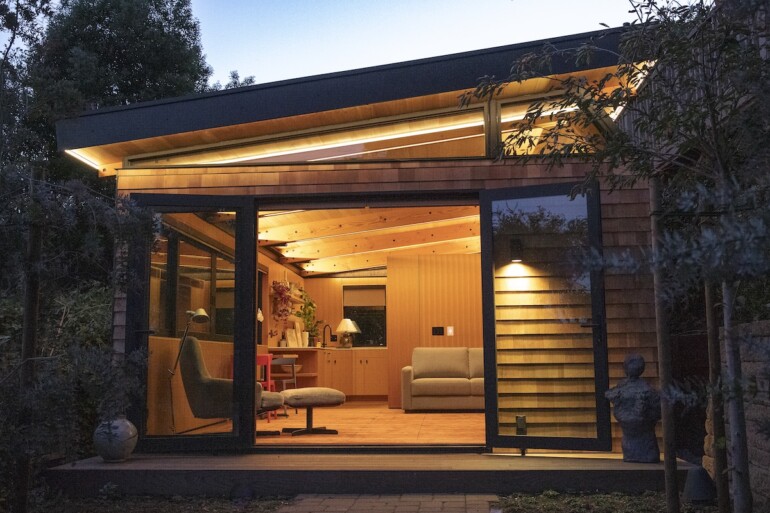When Marin County supervisors voted to relax the construction rules for accessory dwelling units (ADUs) in 2020, Mill Valley architect Heidi Richardson decided to build one in her backyard. “We did it so we could stay in our home as we age,” she says. “It’s designed for a future caregiver.”
Completed in 2022, the 400 square-foot structure fits seamlessly in the corner of Richardson’s yard, tucked underneath a large redwood tree and adjacent to a neighbor’s cottage. The interior is a simple, open room with a bathroom off one side. “It’s all about balance,” she says. “I could have legally doubled the size, but it would have taken over my yard.”
Until she needs the caregiver, however, Richardson’s ADU serves as a multipurpose bonus space. “We figured family or friends could come and stay there for chunks of time,” she says. She furnished it thoughtfully and intentionally, taking into account the small footprint as she designed the internal spaces.
What’s an ADU?
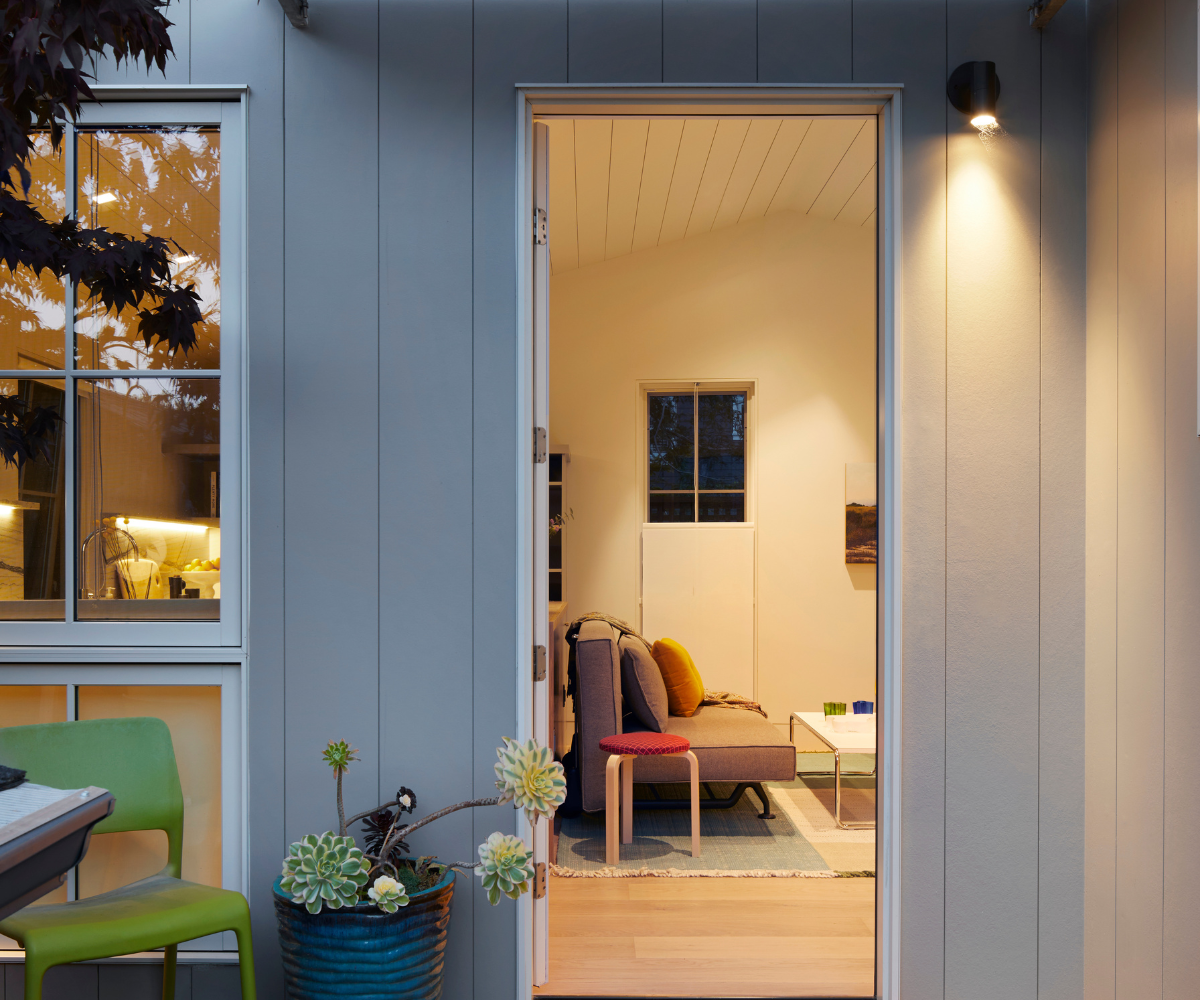
Around the Bay Area, ADUs are becoming an increasingly common solution for everyone from remote workers in need of a quiet space to focus to families with live-in nannies or elderly family members and even homeowners looking for a source of additional rental income. Just what constitutes an ADU, however, is a question many homeowners may have. An ADU is defined as an independent living facility located on the same lot as a family home. ADUs can be detached from, attached to, or set within the walls of the home, and they must have a separate kitchen (including a stove, refrigerator and sink), bathroom and entrance. Certain rules, such as height or size restrictions, can vary slightly by town and municipality.
Over the last few decades, strict zoning rules in California had practically phased out ADU construction, but the state’s critical lack of housing required districts to loosen their laws. In Marin County, where affordable housing stock is historically low, homeowners are encouraged to build ADUs with financial breaks on building and permit fees, including incentives of up to $10,000 if the unit is rented to a tenant with an income below 80% of the local median. (In Marin, that translates to an annual income of just under $100,000.) The county also launched ADU Marin, a website to guide homeowners through the ADU process, with information on permits and construction, examples of floor plans and information on renting out units.
During the past few years, ADU construction has taken off in Marin County. In 2018, the planning department processed building activity for 92 projects; by 2021 there were 207. How many of these units hit the rental market is another story, however. “We hope homeowners are using them for rentals,” says Marin County Planning Director Jeremy Tejirian, “but we’re aware that people use them for all kinds of things. ADUs are very flexible, that’s what makes them so appealing.”
An Expanding Industry

In response to the growing interest, innovative builders, architects, engineers and entrepreneurs are forming partnerships and calling themselves “ADU specialists.” “It’s becoming a cottage industry” says Tejirian, who points to the benefit for homeowners. “The more they specialize and figure out the specific regulations in Marin, the more efficient and streamlined it’s going to be for people who want to build them.”
One newcomer in the ADU space is Samara, launched in 2022 by Mike McNamara, former CEO of product development firm Flex Ltd., and Joe Gebbia, cofounder of Airbnb. Samara offers a collection of factory-produced studio and one-bedroom units called the Backyard range that are efficient, well-constructed and meticulously designed. “We’ve obsessed over every square inch of Backyard, from the cabinetry to the airflow,” says McNamara. The entire design process takes place on Samara’s website, where homeowners can choose and customize their unit’s features, from exterior wall “cladding” materials to wardrobe finishes. “We’ve focused on streamlining the process,” says McNamara. “We handle the construction from start to finish, including surveying, permitting, materials procurement and installation.”
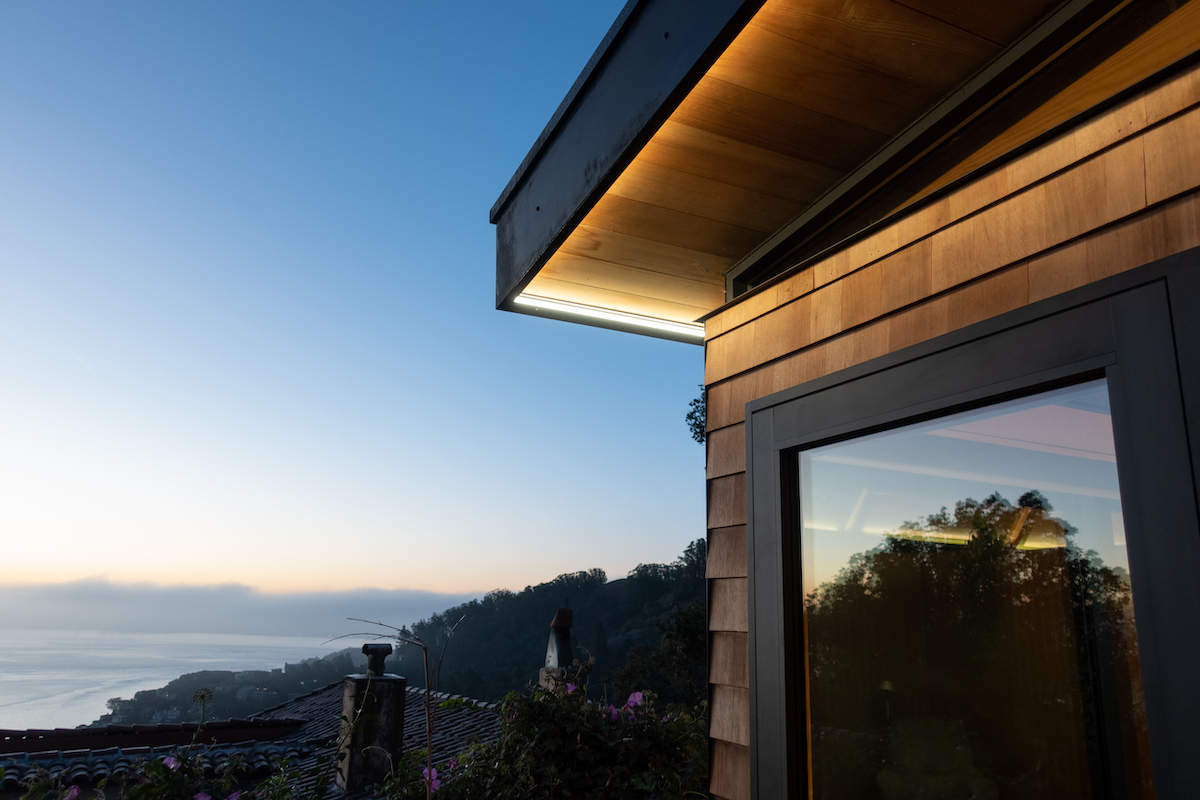
Periscope Homes, launched in 2020 by architect Loring Sagan and ex-Tesla battery engineer Will Beecher, is another ADU specialist. Periscope ADUs are built from customized materials made in local factories. The pieces are delivered in eight meticulously organized sequences and assembled onsite, like a life-sized Lego set. “We’re turning the industry upside down,” says Sagan. Like Samara, Periscope offers a full-service package, which includes proprietary software that automates everything from design options to permit and building applications. “We own the materials and the supply chain,” Beecher explains. “It’s a much more efficient way to build while lowering carbon emission.” Periscope’s first model, the Sausalito, is a stunning 387 square-foot home constructed with 3,200 individual pieces from 218 unique sets. “It’s a new caliber of efficiencies,” says Sagan. “We can take this model to the broader market.”
Offering a different approach is Honomobo, a Canadian company that moved into the California market in 2017. Honomobo ADUs are constructed offsite in structural steel frames similar to shipping containers. The frames are then welded to steel plates on top of the foundation walls to make them permanent. While Honomobo doesn’t handle the permitting and inspection processes, each of the options — from a 96 square-foot office to a three-bedroom home — is designed to meet California building code requirements. “Modular building is about controlled costs — plus, efficiencies in speed.” says Honomobo’s California sales representative Lewis Bishop. From the time it’s delivered, a Honomobo home can be “move-in ready” in as little as two weeks.
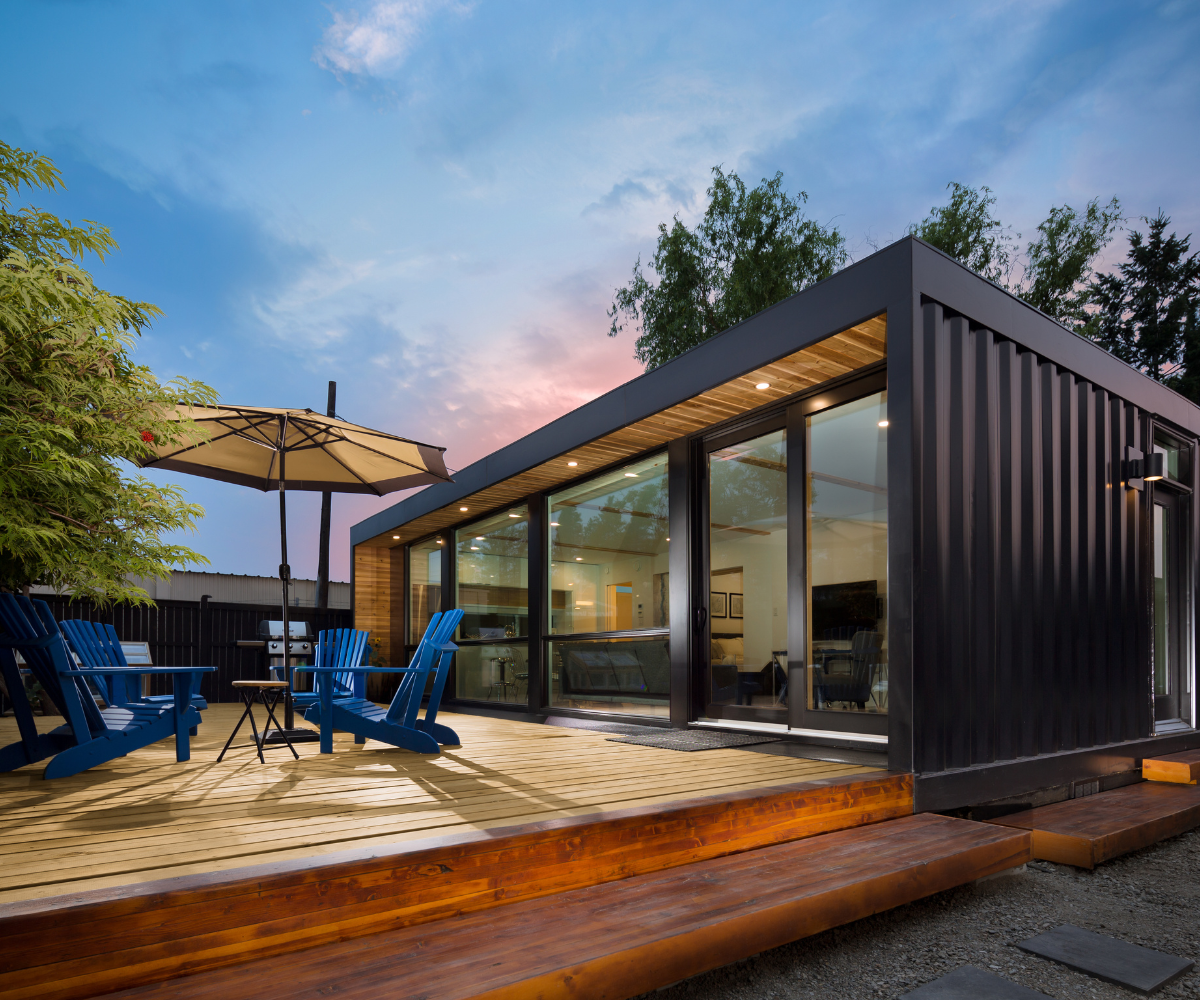
Before You Build
As California continues to pass laws making ADU construction easier, Tejirian anticipates their popularity will continue to grow. Several years out though, he expects the numbers will level out. “They don’t work for everyone, especially in more rural parts of Marin,” he says. “Eventually, most properties that are suited for an ADU will already have one.”
How should homeowners decide whether an ADU is right for them? Before building an ADU, Tejirian advises homeowners to consider two questions: First, who will be using it? If it will be rented out, homeowners need to factor in details such as parking spaces and utility costs. Second, where will it be built? Many homes in Marin are situated on steep slopes or near floodplains, which will dictate the type of structure that is best suited for the site, as well as how much it will cost. “Do your homework before diving in and hiring an architect,” he says. “Companies that specialize in building ADUs are worth talking to.”
Space-Saving Design Tips (from Heidi Richardson)
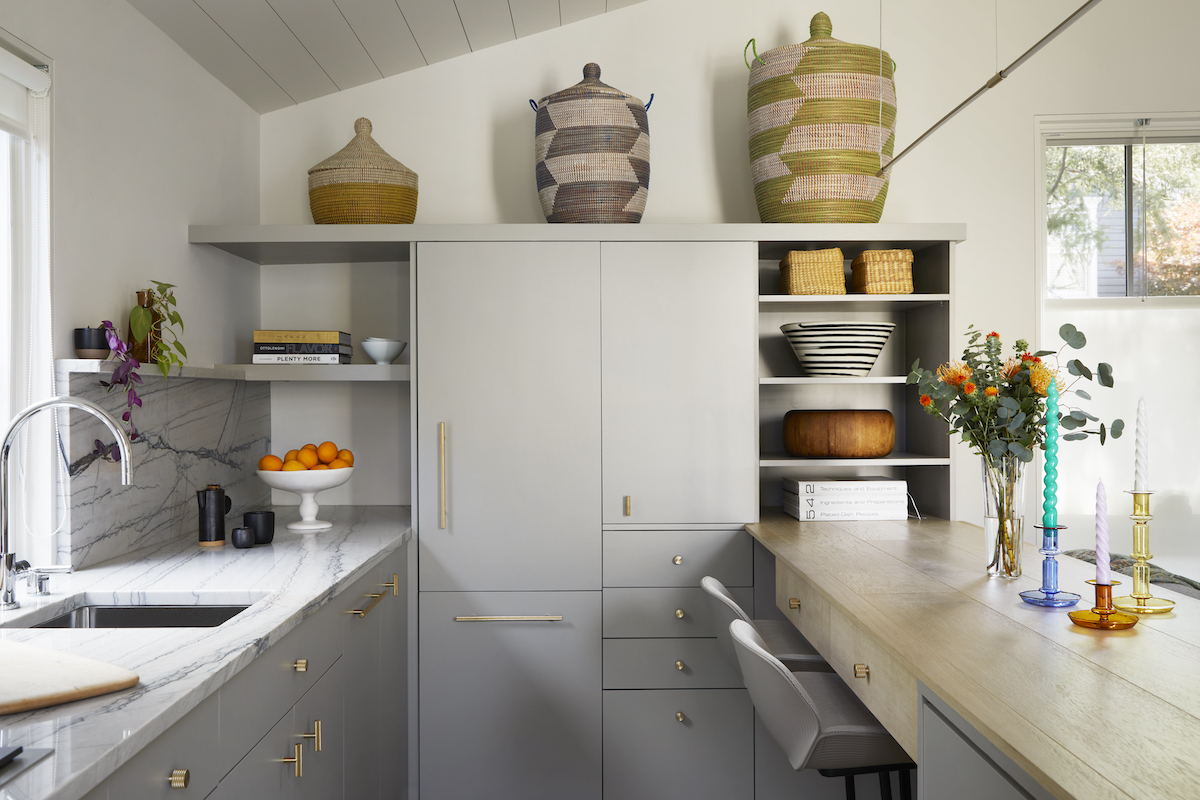
- Keep it simple: “One big room with a detached bathroom makes the space seem bigger.”
- Dual-purpose spaces: “The kitchen counter doubles as a desk… or a dining table!”
- Brighter is better: “I left off the upper cabinets in the kitchen to brighten and open the space.”

